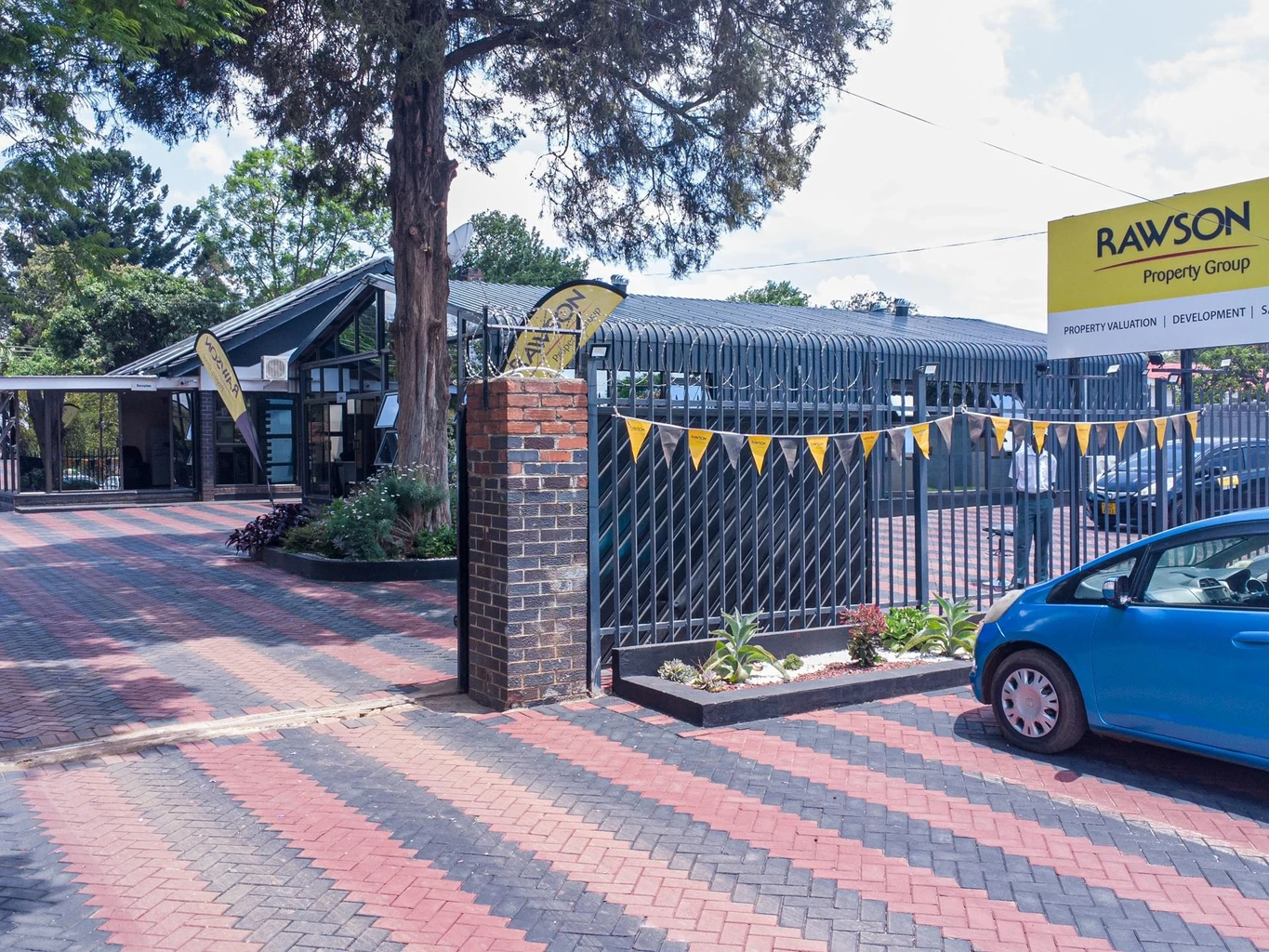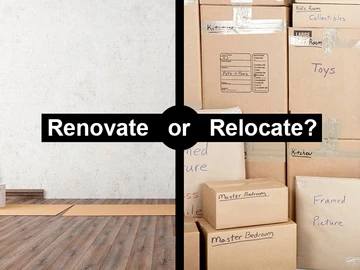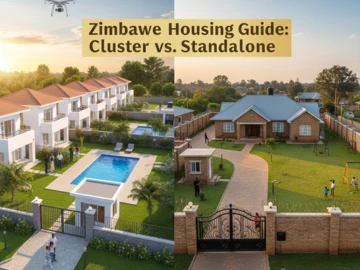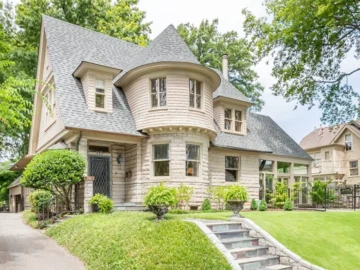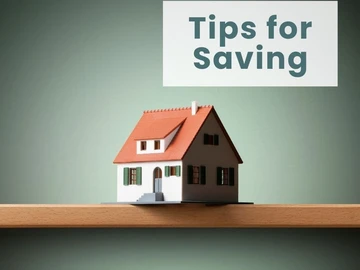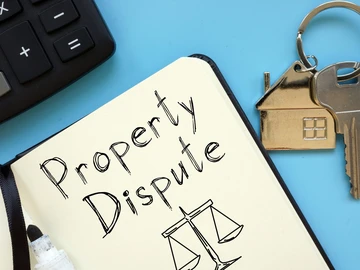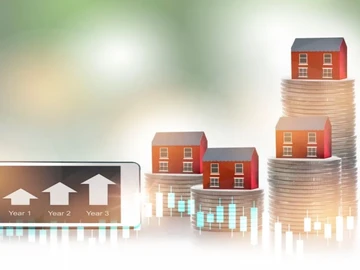Question 1:
Thank you Mr Matengambiri for choosing to meet with us for this discussion.How would you assess the current state of Zimbabwe's real estate market in terms of pricing trends, demand-supply balance, and evolving consumer preferences?
Response:
Zimbabwe’s economy has largely been unstable over the last decade, characterized by low economic activity, inflationary pressures, power challenges and foreign currency constraints, all of which have had an adverse impact on businesses. However, the property market has generally been resilient and a target for investment flows with several developments witnessed & upcoming across all sub-sectors. There is a noticeable boom in construction activity spreading across all sub-sectors contributing to Urban Renewal. There is growing focus to invest in Infrastructure to support densification and growing population by the public & private sectors. . Furthermore, there has been an emergence of compact suburban shopping centres in most of the suburban areas which has resulted in retail shopping by residents being localized because they are conveniently located and easily accessible There has been a recent rise in developments focusing on warehousing, logistics and light industrial structures, due to an increase in mining and agricultural activities resulting in increased imports and exports and transport and logistics businesses. The residential property subsector has recorded a relatively high level of activity in new developments and existing stock
Question 2:
What do you consider to be the most promising investment opportunities in Zimbabwe’s real estate sector, and how would you evaluate emerging areas and property types with high growth potential?
Response:
There are emerging investment opportunities across the spectrum with growing demand for retail sector/shopping malls as residential developments expands both outwards and inwards through new developments and densification through cluster developments which are also experiencing high demand. As the country’s path of economic recovery becomes clearer, property remains both a defensive investment that preserves investor capital and a strategic long term asset that will appreciate with improvements in the economy. Student accommodation, tourism sector, specialized facilities, warehousing and logistics hubs as well as suburban offices offer opportunities for investors as well in the long run. The drive for every Rural District Council to have a Master Plan is quite a commendable and welcome development and prospective investors should target these places especially those whose real estate investment strategy is land bank or buy, develop and sell. We should also target the new economic development hubs being developed as we march towards vision 2030, and invest early at this point in those places before they start realising their real growth or maturity. Practical examples of places to invest include within or periphery of the new city being developed in Harare, the new giant Manhize steel project, the Gwayi Shangani Dam project and the various ongoing mining projects.
Question 3.
How would you describe the importance of sustainability in real estate development, and what steps is Rawson Properties taking to integrate eco-friendly practices into their projects?
Response:
The development of quality commercial and residential property is more than imperative in Zimbabwe as the economy is set for a path of recovery that is expected to rejuvenate significant economic activity. However, it is more important to make sure that we do that sustainably with greater care for the environment for the benefit of future generations. In our developments where we are involved as the Marketing and Selling Agents, for example the massive mixed use 10X Smart city in Harare South , we are incorporating clean and renewable energy such as solar power, we are also looking at turning waste into power through biodigesters which is also a more sustainable way of waste management. The development will feature green spaces, open spaces and sanctuaries for wildlife and biodiversity. Energy consumption is one of the major drawbacks in pursuit for sustainability hence our focus on the smart city concept in order to preserve energy and all other resources.
Question 4.
How have recent changes in government policies and regulations impacted real estate development and investment opportunities in Zimbabwe?
Response:
There are both negatives and positives arising from government involvement or interventions in the sector. The extension of the multicurrency system has built the confidence needed for medium and long term capital expenditure, relaxation of payment terms and the appetite for developments also supported by the government housing policy which have seen partnerships also enabling housing delivery. In the Zimbabwe National Human Settlement Policy of 2020, the government has instructed that at least 40% of the land for human settlements development must be reserved for the construction of flats . This move will help to preserve the much needed peri urban land for agricultural production to grow food and feed the ever growing urban population. Further this move will help in the densification and improve the critical supply side of the housing market. However, delays in issuance of permits and other necessary paperwork for the projects has a negative impact on the sector together with the cost of doing business. The 2025 budget proposes introduction of a new tax called “The Rental
Income Tax: Change of Principal Purpose” whereby all properties that have been converted from residential to business properties will be subject to Rental Income Tax at a rate of 25% and accounted separately by the Zimbabwe Revenue Authority. The tax is expected to increase the rental costs for tenants in areas like Milton Park, Belgravia, Avondale, Eastlea, Belvedere, Mt Pleasant and some parts of Borrowdale where many houses have been converted for office use.
Question 5.
In what ways is technology transforming the real estate sector in Zimbabwe, particularly in property listings, client engagement, and transaction processes?
Response:
The real estate business in Zimbabwe primarily entails property sales, leasing, valuations, management, investment and development. The sector is in the midst of dramatic changes brought about by the introduction of technology, increased automation and enhanced accessibility to information. Advancements in technology are shaping the way real estate agents and buyers navigate the home selling and buying process. Buyers a re now able to search for properties online, take a virtual tour of the property, go on the map to see where they sit compared to roads, services and other landmarks Proptech is also aiding for things like digital security systems, access control, home automation and the development of smart cities using sensors and data-driven systems that provide real-time information on everything from traffic to air quality.energy-efficient lighting, and renewable energy sources.
Question 6.
What are the key challenges in delivering affordable housing for low and middle-income families in Zimbabwe, and what strategies are being implemented to address them?
Response:
Land is the most critical asset required to deliver affordable housing and lack of cheaper land means it becomes impossible to try and deliver affordable housing. On top of that, the availability of long term, sustainably priced debt is critical to every real estate market. Bonds and the related debt/mortgage markets have not been widely accessible for local Real Estate developers or even residential homeowners. We believe that even marginal growth in lending will provide a huge catalyst to the overall market and contribute to the affordability of the end product(housing).
Question 7:
What is your assessment of the current state of commercial properties in Zimbabwe, including office spaces, retail, and industrial facilities? How do you see their potential evolving in the future?
Response:
Should economic fundamentals continue to improve, there is scope for rapid growth in the retail sector/shopping malls, warehousing, light industrial and logistics hub. There is also scope for development of suburban office hubs especially those with a mixed use feel and in most strategic areas.
Question 8:
How does Rawson Properties prioritise customer service in the real estate industry, and what strategies do you use to ensure client satisfaction and build lasting relationships?
Response:
Real Estate business has integrity and trust as pillars of success and therefore the need to build lasting relationships becomes imperative for any kind of business to survive and this means being client centric in your approach. In short and simple terms we are saying being honest with your clients, trustworthy and paying attention to their needs and delivering just that. Basically over the years that’s the approach we have consistently taken to boost our integrity and make sure our clients are always happy.
Question 9:
What are the key challenges in property development in Zimbabwe, and how can Rawson Properties guide clients in overcoming these obstacles to ensure successful projects?
Response:
Key challenges include lack of funding - we have adopted credit sales as a method of both fundraising and making the purchase manageable from the buyers perspective Land disputes - due diligence is key to the success of projects as many projects suffer badly due to unexpected disputes, illegal occupation, etc Economic Uncertainties - its not easy to plan a project given uncertainties in the market and policy environment Cost Overruns/Budgeting - it’s also difficult to plan and budget for a project given the current economic circumstances
Question 10:
What is your vision for the Zimbabwean real estate market over the next 5-10 years, and which growth areas and market shifts do you anticipate?
Response:
Should economic fundamentals continue to improve, there is scope for rapid growth in both the retail sector/shopping malls and secure residential accommodation in the country. Population growth means that our cities will continue to expand, as the demand for goods and services, which means both the residential and commercial space will see massive expansion and upgrades in the next 5-10 years.
 Continue with Facebook
Continue with Facebook
 Continue with Email
Continue with Email

